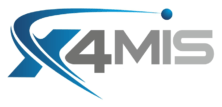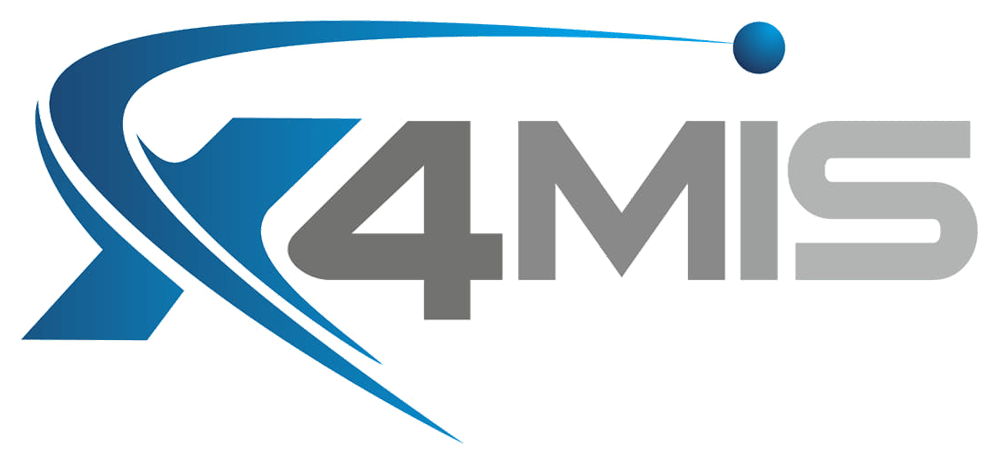Optimising Adoption
Optimise the change
Written by: Austin Watene
Why optimising is important
The greatest risk of any technology refresh project is people’s adoption of the new technology and processes. Employees can be risk-averse to new ways of working for many reasons, fear of failing with new things, change to roles and job titles, new skills and procedures.
Completing an employee skill and knowledge analysis for training is a standard project activity, however the analysis of what drives employees to embrace or reject change is frequently disregarded. This is an important step in the optimisation process, organisations risk wasting valuable time and resources implementing a solution that employees don't want to use.
Activities to optimise the change
The following are short ideas to improve optimisation, in no particular order or priority.
Communicate the Strategy
Successful adoption occurs when a change management strategy is defined and implemented throughout the change programme. Communicating the strategy is essential at every step using all available communication channels. Leaders and project teams must repeat the message reinforcing the reason to introduce the new technology, the benefits it will have, and what they can anticipate.
Promote Feedback
Encourage employees to raise issues or concerns, letting them know their opinions are heard, and then promptly address them, even if it only means saying, "We're still working on it." While you might not be able to totally allay worries, giving employees a sense of being heard will go a long way towards fostering trust.
Act on feedback
Take action after receiving feedback, inform people about the feedback and the improvements into practise. People like being involved in the process and recognising the value of their contributions will reinforce the importance of feedback.
Align the project and change plan
Incorporate people-oriented activities within the technological project plan, especially the technical demands in parallel with sponsorship support, and communications required to prepare employees’ minds. Separate plans increase the possibility that crucial communications, training, and other activities won't take place when employees needs them.
Identify previous challenges and opportunities
To identify obstacles not raised in an impact assessment, including change fatigue. Interview employees to understand the core technologies they are most comfortable with, typical problems they encounter, and feedback about previous solutions.
Use the champions
Assemble a team of internal champions who can offer guidance and support as well as sharing best practises. Champions help to keep everyone feeling involved, provide additional direct assistance, and promoting the use of the new processes into their daily lives.
Plan to maximise success
Proactive plan potential development opportunities to maximise your success including a clear vision and roadmap for the future. Focus on three crucial areas: giving people priority, being consistent in your communication, and utilising training to tie everything together.
Continue with the Sponsor
Effective change requires a sponsor who is actively involved and offers high level support and confirmation of the change. To ensure optimisation, the Sponsor’s involvement must continue after go-live, they must continue to express the need for change and demonstrate the organisation's dedication to it.
Avoid overloading
Adoption is still dependent on employees receiving the necessary instruction and practise with the new technology. However, instead of plunging people into the deep end with days or weeks of training, it can be beneficial to spread out the training and pilot periods to enable people absorb and build their knowledge and comfort with the new technologies.
Provide time for learning, be flexible
Work closely with managers and project sponsors in the various departments to ensure training with the new technology is given priority over business as usual. In a phased roll-out employees who are at ease with new processes and capabilities will provide positive feedback to staff planned for subsequent phases. This also raises interest in using the technology as it is rolled-out over time.
Shifting circumstances may require changes to a phased deployment. To help departments constrained with critical business objectives, other departments could be willing to transition to an earlier release phase. Ensure plans are reviewed, updated and communicating often.
Encourage ongoing learning
Too frequently, training and support ends at go-live, and people stall in the weeks and months that follow. Activities that support and maintain the new way of working after go-live must be included for optimisation and successful adoption. Maintaining momentum requires ongoing work to assess adoption, encourage usage, fill skill shortages, and reinforce the forces driving change.
Broadcast early successes
To speed up acceptance in subsequent phases, build on the accomplishments in the first and subsequent phases. Sharing success stories has many advantages including encouraging early adoption and igniting staff interest and enthusiasm for in subsequent phases.
Measure Success
Change management continues even after the change has taken place. In the months after go-live, it's crucial to track progress and share success stories.
- Frequent success stories which emphasise the value people are realising and encourage similar conduct.
- Utilise the data collected to inform messaging and reinforce the intended results.
Compose the Change
Browse by Categories

Free On-Line Change Management Methodology that enables individuals and organisations, especially those previously without access to effective change management programmes, to deliver more effective community and country programmes which improve prosperity and save lives.
QUICKLINKS
TRAINING LINKS
LATEST POSTS




